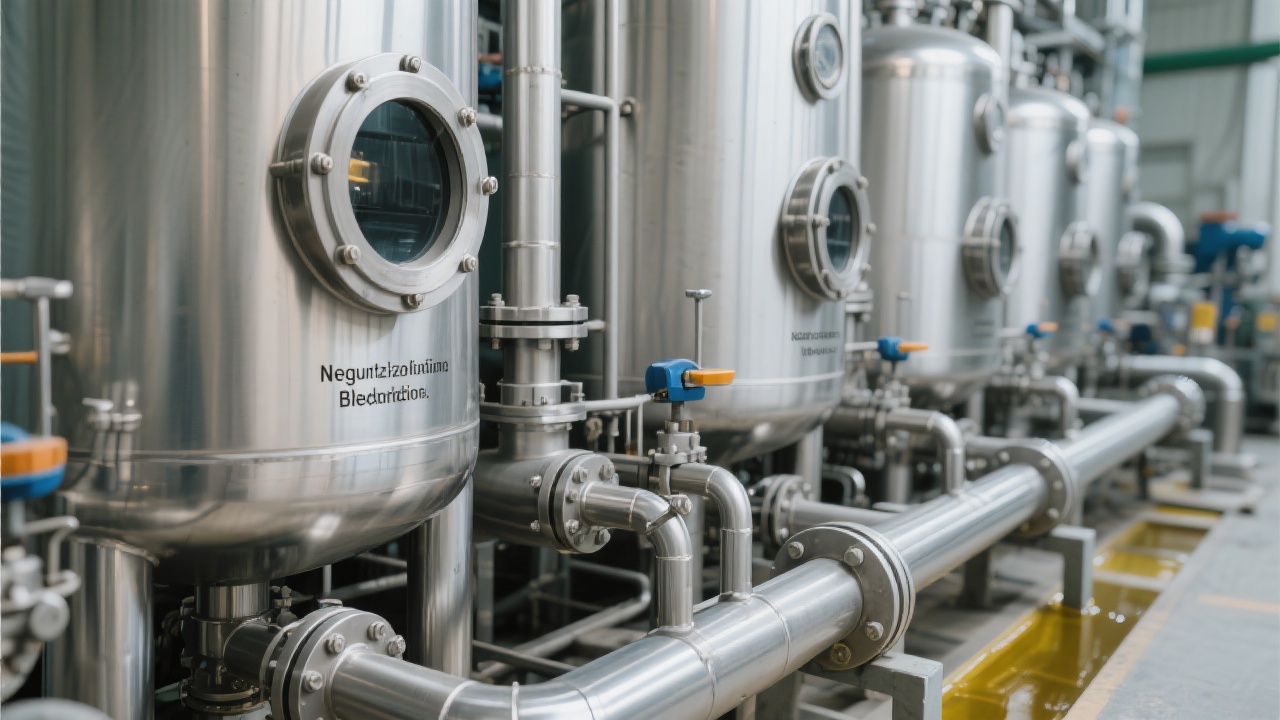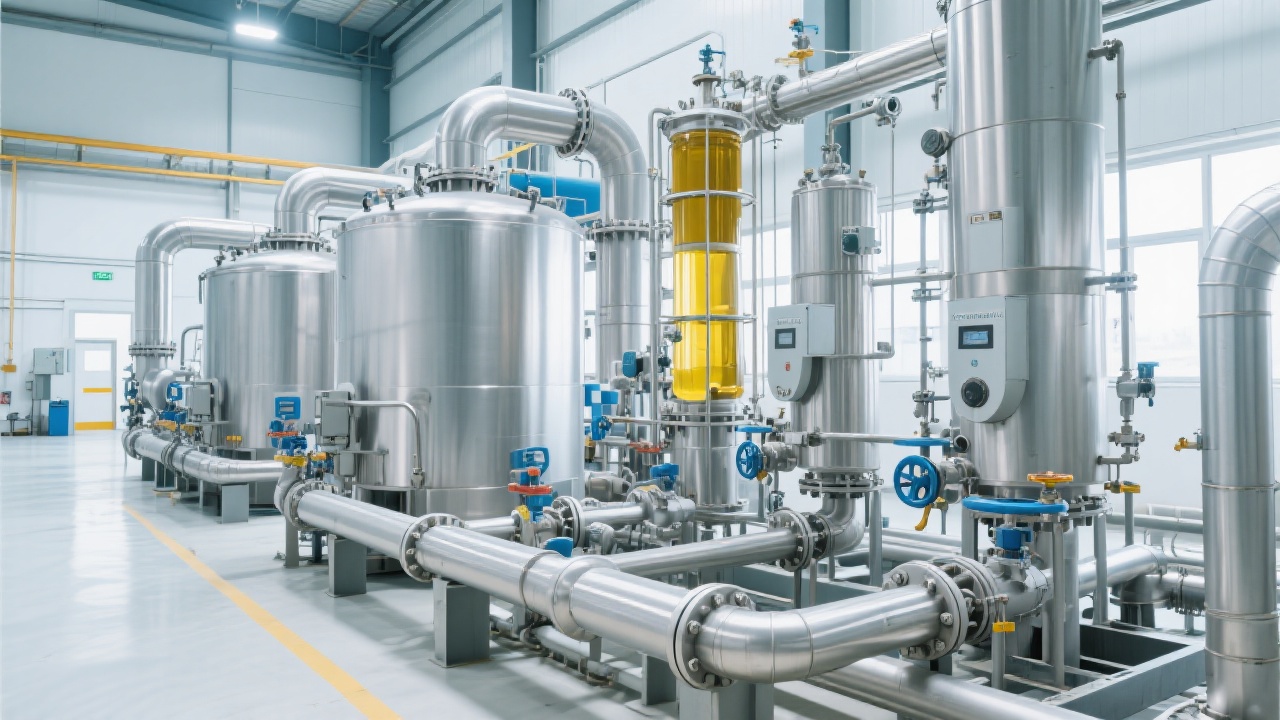
The refining process of rice bran oil (RBO) plays a pivotal role in enhancing its quality and market competitiveness. This in-depth analysis addresses the four fundamental stages of rice bran oil refining: degumming, neutralization (acid removal), bleaching, and deodorization. Understanding the science behind each step, along with optimal equipment selection and operational parameters, empowers food processing enterprises to design productive refining lines that maximize oil purity, stability, and sensory attributes.
Degumming is essential for removing phospholipids and other impurities that cause turbidity and reduce oil quality. There are two prevalent methods:
Equipment-wise, high-speed centrifuges with automated feed control enhance degumming efficiency and reduce oil losses. Choosing the right method depends on initial oil quality and downstream processing goals.
Neutralization, or deacidification, eliminates free fatty acids that negatively impact flavor and oxidative stability. Two principal approaches exist:
| Method | Key Characteristics | Typical FFA Reduction |
|---|---|---|
| Chemical Neutralization | Sodium hydroxide addition to saponify FFA | Reduces FFA down to ~0.05%-0.1% |
| Physical Refined (Steam Stripping) | FFA removal via evaporation under vacuum | Typically achieves FFA <0.1% |
Optimizing neutralization depends on precise alkali dosing and effective phase separation. Modern continuous neutralizers with precise pH sensors improve yield and reduce soapstock formation.
Bleaching adsorbs undesirable pigments, trace metals, and oxidation products, dramatically improving the oil’s color and stability. Key considerations include:

Deodorization removes volatile compounds that cause off-flavors and odors. It typically employs steam distillation under high vacuum, and careful control is paramount:
Current industry equipment integrates multi-stage deodorizer towers with indirect heating, ensuring uniform temperature distribution. Real-time monitoring sensors facilitate process optimization.

Collectively, these four refining stages require strategic equipment configuration and stringent process control to maximize rice bran oil quality. Deploying inline sensors for pH, temperature, and turbidity facilitates automation and reduces human error.
Moreover, adopting continuous processing units for degumming and neutralization, combined with modular bleaching and deodorization, enhances production flexibility and throughput. Regular maintenance of centrifuges, vacuum pumps, and heat exchangers is critical to ensure operational stability.

Investing in advanced refining equipment and continuous process optimization ultimately drives higher oil purity, extended shelf life, and superior sensory qualities, positioning rice bran oil competitively in the global marketplace.
Optimize Your Rice Bran Oil Refining Process with Expert Solutions

